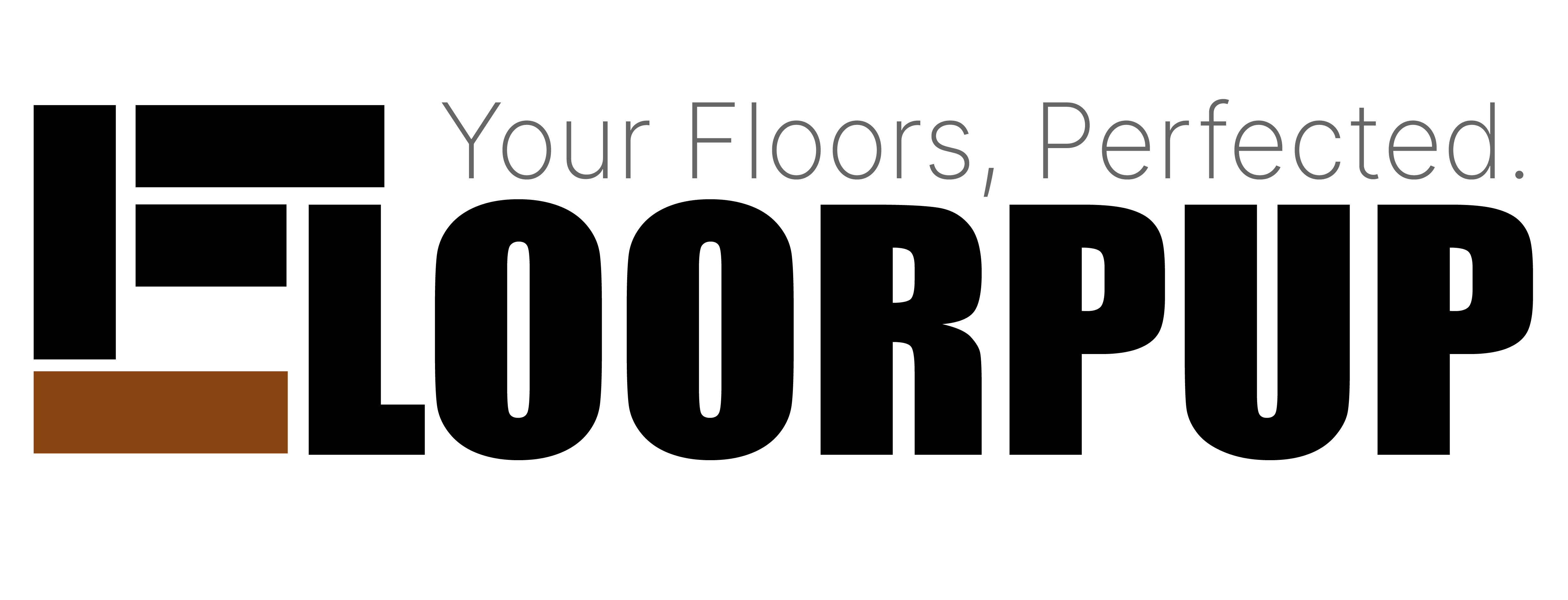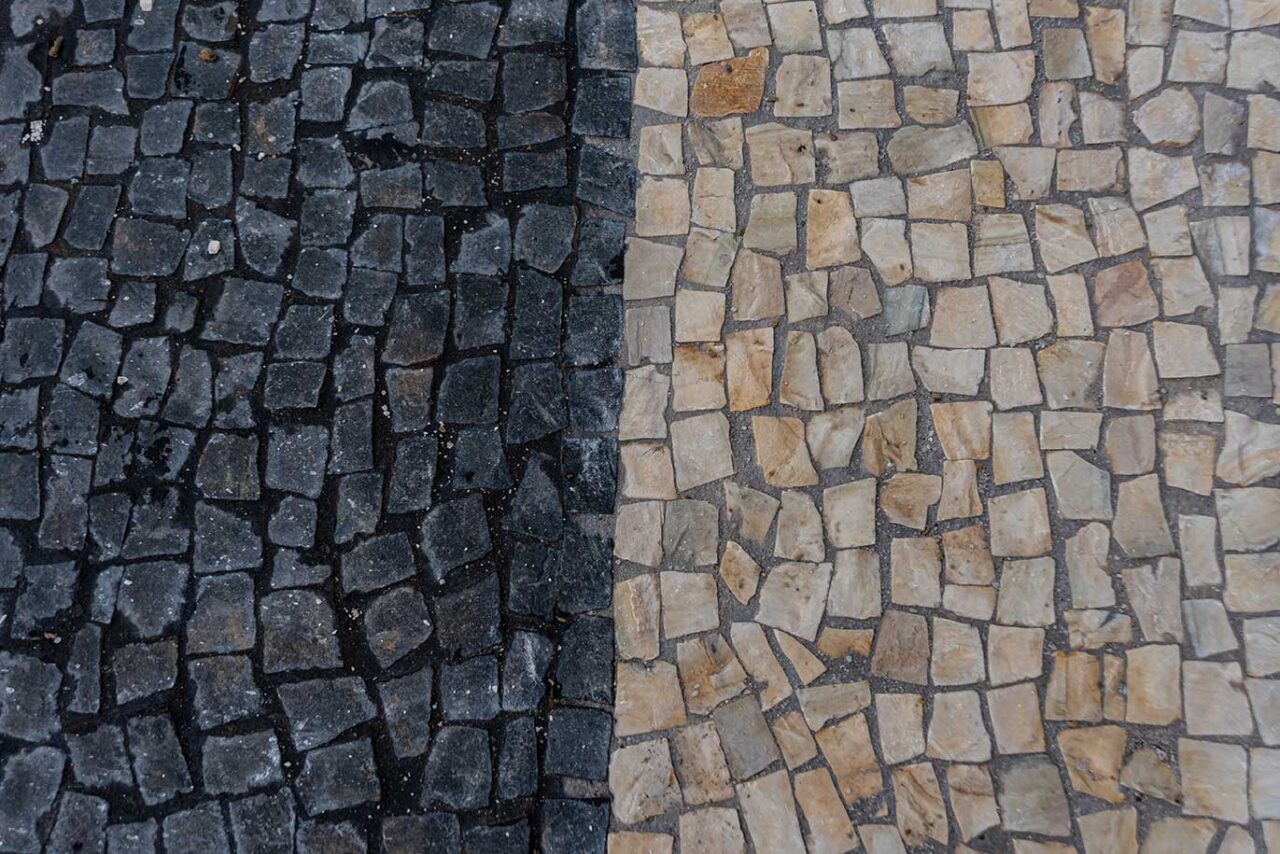This page is the central hub for all topics related to block paving, brick paviors, CBPs, monoblocks, or whatever term is used in your region to describe individual concrete or clay blocks used as paving material.
Introduction
This page provides an overview of concrete block paving, while the linked pages that follow delve into various block types, alternative construction methods, selecting the right block for specific projects, and discussing edge courses, Krebs, and pattern establishment.
Use the provided links to explore various aspects of this incredibly versatile paving material.
Applications and Uses: Over the past four decades, block paving has experienced significant growth in the British and Irish Paving Industry. Mass production techniques have lowered the cost of manufactured blocks to a reasonable level, making this type of paving accessible for most projects. Concrete block paving costs only £3-6 per m² more than plain flags or slabs for domestic driveways.
Brick or block paving finds utility in various settings. They enhance driveways’ aesthetics and provide extended service life. They can also be creatively employed for pathways patios or combined with other paving types to create unique features. They are a practical alternative to conventional asphalt or macadam surfacing for estate roads and offer a more visually appealing option than tarmacadam or plain concrete. Block paving is even adopted in high-load areas such as airport taxiways, docks, and freight yards.
The potential for design afforded by these relatively small paving units is limited only by your imagination. You can construct it using block or brick paving if you envision it.
Pavement Categories:
Some pavements or paving projects are different, as they endure other loads and pressures. The requirements and materials for a freight yard with heavy HGVs and agile stacker trucks vastly differ from those of a backyard patio.
Pavements are categorized based on expected loads and stresses, resulting in different standards and often requiring various materials or build-up layer thicknesses. For example, constructing a 300mm thick reinforced concrete base under a standard block paved driveway wouldn’t make sense, nor would using 50mm thick pavers for an airport taxiway.
Pavements are divided into four categories (with Category I further split into two), where higher Category numbers indicate lower load-bearing capabilities. Patios, driveways, garden paths, and similar applications usually fall under Category 4 pavements.
Types of Blocks and Bricks:
There are two primary types of block paving: molded concrete blocks (CBP – Concrete Block Pavers) and kiln-fired clay bricks. Hence, the terms block and brick paving can often be used interchangeably. In this discussion, we refer to concrete as blocks and clay as bricks. However, both can also be known as pavers, paviors, or paviours and some more obscure terms, not all of which are suitable for polite conversation!
Concrete Block Paving:
These bricks and blocks come in various thicknesses, ranging from 40mm to 100mm, with 120mm units available for specialized applications (though they may not be readily available at your local supplier). 50mm or 60mm units are typically the most suitable for domestic use. 80mm units are used for road construction or areas with regular vehicle traffic, while 100mm units are designed for heavy-duty pavements such as those found in Freight Yards, Ports, and Airports. The 40mm thick blocks are currently challenging to obtain and offer little cost savings compared to 50mm units. They are also more prone to breakage during the compaction phase of Construction.
Choosing the right block or brick paver for a specific project can be complex due to the wide range of available products. The “Choosing a Block/Brick Paver” section covers a more in-depth exploration of the available choices, with this page summarizing the key points.
Concrete Blocks:
Within concrete blocks, you’ll discover an extensive array of shapes, sizes, colors, and textures, all produced by major concrete paving manufacturers. These offerings include standard rectangular blocks, unique shapes, tumbled or antiqued units for a classic look, and a continually expanding selection of textured blocks.
These blocks are called “CBP” or Concrete Block Paving among contractors, specifiers, and manufacturers.
Typical concrete blocks come in a standardized size of 100mm x 200mm x 50-100mm, with approximately 50 blocks per square meter. Due to this standard size, blocks from different manufacturers can often be interchanged, depending on tolerances and the placement of spacer lugs. Most rectangular blocks have one presentable face, although some are reversible, simplifying the replacement of stained paving.
The coloration of concrete blocks is achieved by employing concrete dyes, usually some form of metallic oxide. Even high-quality pigments can experience some fading when exposed to natural daylight, and the quality of the shades significantly affects the block’s price. Cheaper blocks often utilize inferior, less durable dyes. Manufacturers typically do not address complaints about fading, so it’s crucial to select wisely. It’s advisable to choose blocks that have been in place for a couple of years for reference rather than relying solely on glossy promotional photos or newly laid paving.
Through-color and face-mix are the two manufacturing processes used to introduce color (and, to some extent, texture) into concrete blocks.
The first process, known as “through color,” involves placing all the concrete, which may consist of three or more different colours, into the mould in a single operation. The concrete is then pressed and compacted to create a block with color throughout, even though only the top surface will be visible once the paving is laid. While this method may seem wasteful in terms of colored concrete throughout the block, it offers manufacturing cost savings that must be considered.
An alternative approach is the “Face Mix” technique, where an uncolored ‘backing mix’ or ‘base mix’ is placed in the mould, partially pressed, and then topped with a high-quality, colored ‘face mix’ concrete. The block is then packed, compacted, demolded, and moved to the curing chamber. There is a minimal time gap between placing the base and the face, eliminating any day joints, planes of weakness, or risk of delamination between the two. The block cures as a single, monolithic mass of concrete. Face Mix allows the expenditure to focus only on the part of the block that will be visible once the paving is installed.
Face Mix technology enables manufacturers to utilise cheaper, possibly recycled aggregates and alternative types of cement for the backing mix while using a smaller quantity of high-quality fine aggregates, styles of cement, and colours in the face mix. Production cycle times for face mix-manufacturing are longer than for the through-colour process, resulting in a lower block production rate. Additional expenses are incurred in setting up separate bins for face mix aggregates and independent hoppers for the face mix concrete after mixing.
It’s challenging to definitively state whether one production technique is superior, as both have advantages and disadvantages. Some unique products, such as tumbled blocks, require through-colouring to ensure only one serviceable face. However, face-mix technology is more widely used in production in Ireland, continental Europe, and North America compared to the UK.
Many “house bricks” manufacturers also offer their range of clay paving bricks. These bricks are typically available in standard rectangular shapes, although there are now various size options, including 60x60mm ‘cobbles,’ 150x150mm ‘setts,’ and 300x300mm squares. Some cooperative manufacturers can create custom shapes for specific projects.
The most common size is 100-105 x 200-215 x 60mm, resulting in fewer than 50 bricks per square meter in some cases, and not all clay bricks are interchangeable. Unlike concrete blocks, most clay bricks have two presentable faces, allowing them to be inverted to replace stained paving.
The color of clay bricks is entirely natural and not achieved through chemical dyes. Therefore, these bricks do not experience fading as concrete types do. Using natural colour also means a limitless range of colours, including reds, browns, buffs, greys, blues, and various multi-colour blends. If colour is a significant consideration for your project, clay bricks are likely the ideal choice.
From a contractor’s perspective, clay bricks are more challenging to cut with a conventional block splitter than concrete blocks. If many cuts are needed, renting a diamond-bladed bench saw may be worth renting.
In contrast to concrete blocks, all clay pavers are “Through Colour,” meaning they are uniform throughout, made of solid clay that may vary in colour due to the firing process and blending, but it is all the same material. This becomes evident when a paver is split open, as shown in the illustration.
It’s important to note that “house” bricks, “facing” bricks, or “commons” are NOT SUITABLE for paving. They were never designed for that purpose and often failed when wrongly used as a pavior, either by flaking, cracking, or disintegrating, particularly in damp conditions. Conversely, paving bricks are intended for something other than building walls or pillars; they have specific applications, and it’s essential to use the right type for the right job.
Coverage Rates:
Determining the quantity of block or brick paving needed is straightforward, as it is typically purchased based on area. It is advisable to allow a 5% wastage allowance to account for cuts and potential accidents. Rounding up to the nearest full pack of blocks or bricks is a common practice to ensure an adequate supply. Excess pavings can sometimes be returned to your supplier for a partial refund, although a “re-stocking charge” of 10-20% is often applied.
Laying Methods:
There are two standard laying methods: flexible and rigid Construction. The more prevalent approach is “flexible construction,” where blocks or bricks are placed on an unbound (cement-free) bed, and the joints are filled with fine silica sand. Detailed descriptions of the methods used in laying flexible pavements can be found on the flexible construction page, along with step-by-step guides for typical block paving projects and design guidance for highway and commercial projects.
In Britain and Ireland, most flexible construction block paving is done by hand, although larger projects may use Machine Laying with specialised lifting equipment for rapid block placement. This machine-laying technique is more widely employed on the continent and in North America and may be underutilised in the UK.
Rigid Construction refers to using clay bricks, typically laid on a concrete or mortar bed with mortar joints, similar to how walls are constructed but on a horizontal plane rather than vertically. This type of brick paving employs different construction methods and is covered in more detail on the rigid brick paving page.
Maintenance:
Block or brick paving requires medium-level maintenance once laid. Occasional sweeping to remove dust and debris is recommended. If green algae builds up, it can be safely removed through cleaning or by applying Jeyes Fluid to kill the algae, which can then be swept away after a couple of days. Pressure washing should be limited to filthy pavements and used no more than once a year, as high-pressure water can loosen jointing and potentially damage some pavings.
We recommend treating block or brick paving twice yearly with a general weedkiller like Glyphosate to discourage moss and weed growth in the sand joints.
Clay pavers are more prone to surface algal build-up compared to concrete blocks. Regular cleaning is advised, as the algae can make the surface slippery. However, this phenomenon can enhance the appearance of clay bricks in a garden setting, as they can develop an aged look with mosses over a single season. There is generally less algae/moss build-up in regularly trafficked areas.
It’s worth noting that, in most cases, weeds grow INTO paving, only through it if the paving has been poorly laid. Claims about the necessity or effectiveness of “weed barriers” beneath block paving should be treated with caution.
A wide range of sealants is available to protect completed paving from colour degradation and oil spillage. High-quality sealants can repel oils, weak acids, dirt, and weeds, whereas cheaper options may offer limited benefits.
FAQs:
What are the different types of block paving?
Several types of block paving are available, including concrete block pavers, clay brick pavers, natural stone pavers like granite or limestone, and permeable pavers designed to allow water to pass through. The choice depends on budget, design preferences, and project requirements.
What is another name for block paving?
You can also refer to it as “brick paving,” which involves arranging bricks or blocks to create durable and visually appealing surfaces for driveways, walkways, and patios.
Which is the best block paving?
The best block paving option depends on your specific needs and design preferences. Common choices include concrete block paving for its affordability and versatility, clay brick pavers for a classic look, and natural stone pavers for a premium, rustic appearance. Your decision should consider budget, desired aesthetics, and intended use.
What are the names of pavement blocks?
These elements go by various names, including pavers, concrete blocks, cobblestones, and flagstones. The choice of name often depends on the material and design of the blocks. They create sturdy and visually appealing surfaces for pathways, driveways, and outdoor spaces.


